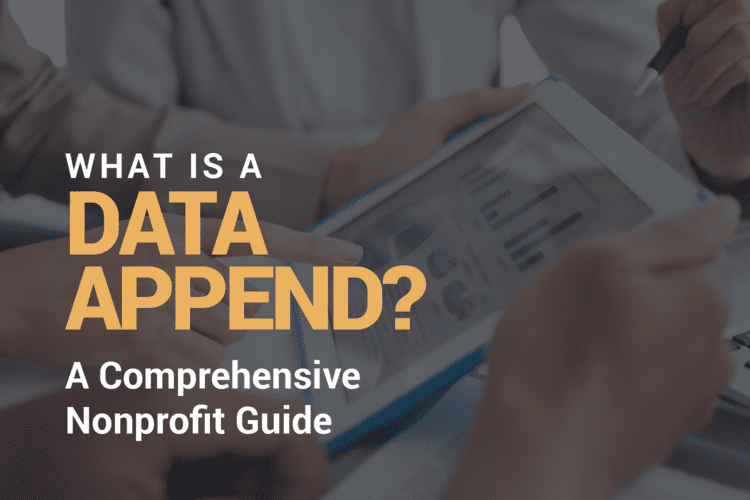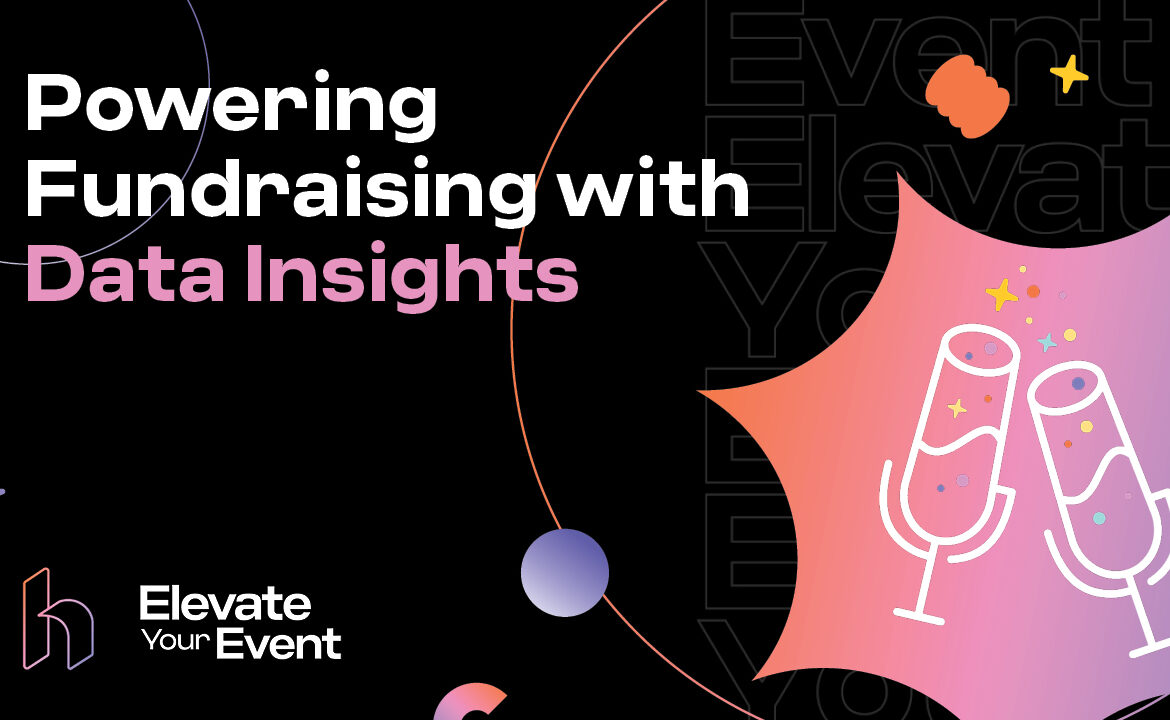Nonprofit data maturity doesn’t begin and end with collecting donor data and impact information for internal fundraising use. Organizations with more advanced data practices ...
Association Data Management: 4 Tips for Reaching Members
Effective association data management helps you understand and connect with members. Learn how to manage and leverage your data to improve member engagement.
Data Maturity: Why It’s So Important for Organizations
Data-mature nonprofits collect, manage, and analyze their data effectively to make decisions. Learn why data maturity is important and how to improve yours.
Unified Branding Across Platforms: A Guide for Nonprofits to Boost Recognition and Engagement
Maintaining unified branding across platforms helps nonprofits connect with supporters. This guide offers practical strategies to create cohesive branding.
What Is a Data Append? A Comprehensive Nonprofit Guide
As a nonprofit professional, you likely interact with data daily. From managing your weekly volunteers to gathering donor communication preferences, your nonprofit needs to work with clean, complete data points to raise ...
How to Power your Fundraising with Data Insights
In this episode, AlumniFinder team members Jennifer Cole and Chris Boyette provide their expert insights on how to harness data for effective engagement. With AlumniFinder’s expertise as a trusted provider of comprehensive alumni database solutions for nonprofits and educational institutions, this panel discussion covers the importance of high-quality donor data for fundraising success.
Join us as we explore strategies for personalized communication, database management, and the significant impact of clean data on campaign performance. This discussion provides valuable guidance for nonprofits looking to optimize their fundraising efforts and strengthen connections with donors.
Some topics covered in this discussion include:
- The importance of maintaining accurate data and correcting data prior to a campaign.
...






